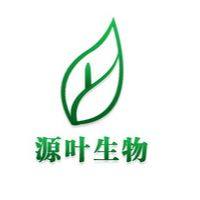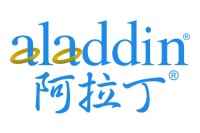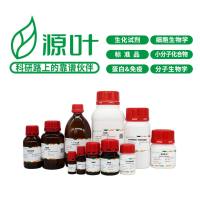Analysis of Urinary 8-oxo-7,8-dihydro-2-deoxyguanosine by Liquid ChromatographyTandem Mass Spectrometry
互联网
互联网
相关产品推荐

1-Cyclopropyl-8-ethoxy-6,7-difluoro-1,4-dihydro-4-oxo-3-quinolinecarboxylic Acid
¥1200

Liquid Blocker Super PAP Pen (免疫组化笔),阿拉丁
¥297.90

Recombinant-Hordeum-vulgare-Low-molecular-mass-early-light-inducible-protein-HV60-chloroplasticLow molecular mass early light-inducible protein HV60, chloroplastic; ELIP
¥9968

(S)-2-(4-(2-chlorophenoxy)-2-oxo-2,5-dihydro-1H-pyrrol-1-yl)-N-(1-((R)-2,3-dihydroxypropyl)-1H-pyrazol-3-yl)-4-MethylpentanaMide;S88290
¥500
![四[N-邻苯二甲酰-(S)-叔亮氨酸基]二铑双(乙酸乙酯)加合物;154090-43-4;Elemental analysis(Nitrogen) 3.30 to 4.50 %;V66234-25mg](https://img1.dxycdn.com/p/s14/2025/1029/004/8672158669127143891.jpg!wh200)
四[N-邻苯二甲酰-(S)-叔亮氨酸基]二铑双(乙酸乙酯)加合物;154090-43-4;Elemental analysis(Nitrogen) 3.30 to 4.50 %;V66234-25mg
¥399
相关问答
推荐阅读
Non-invasive Assessment of Oxidatively Damaged DNA: Liquid Chromatography-Tandem Mass Spectrometry Analysis of Urinary 8-Oxo-7,8-Dihydro-2-Deoxyguanos
Measurement of 8-Oxo-deoxyguanosine in Lymphocytes, Cultured Cells, and Tissue Samples by HPLC with Electrochemical Detection
Bioassay of 2-Deoxyguanosine/8-Hydroxy-2-Deoxyguanosine by HPLC With Electrochemical/Photodiode Array Detection

